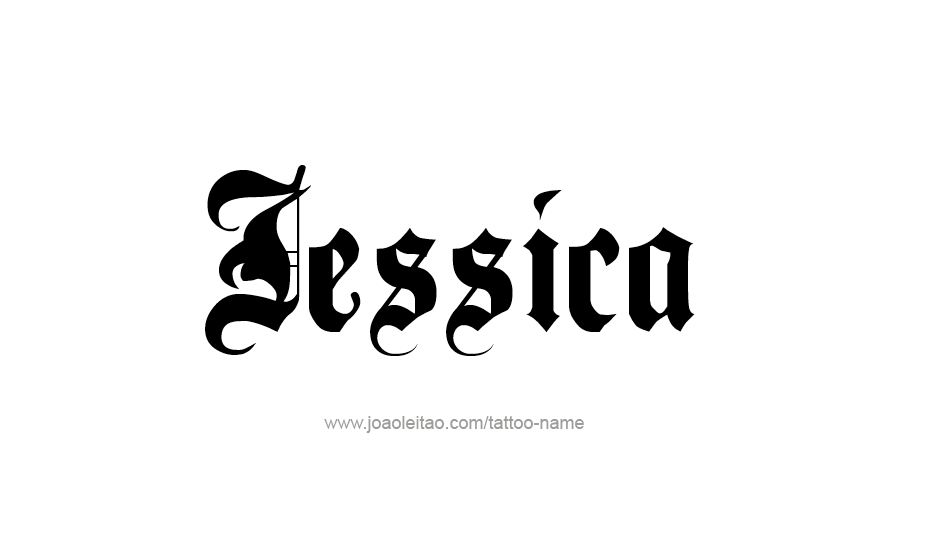5 Rafale Fighter Jet Facts

Introduction to the Rafale Fighter Jet

The Rafale fighter jet is a twin-engine, multi-role aircraft manufactured by Dassault Aviation, a French company. It is known for its exceptional performance, advanced technology, and versatility in various combat situations. The Rafale has been in service with the French Air Force and Navy since 2001 and has also been exported to several countries, including Egypt, Qatar, and India. In this article, we will delve into five interesting facts about the Rafale fighter jet, exploring its capabilities, design, and operational history.
Fact 1: Design and Development

The Rafale was designed to replace the existing fleet of French fighter jets, including the Mirage III and Mirage F1. The development of the Rafale began in the 1980s, with the first prototype taking to the skies in 1986. The aircraft was designed to be highly maneuverable, with a delta wing configuration and canard foreplanes. The Rafale’s design allows it to perform a wide range of tasks, from air-to-air combat to reconnaissance and ground attack missions. The aircraft’s advanced avionics and sensor systems enable it to detect and engage targets at long range, making it a formidable opponent in the skies.
Fact 2: Advanced Avionics and Sensors

The Rafale is equipped with some of the most advanced avionics and sensor systems in the world. The aircraft features an active electronically scanned array (AESA) radar, which provides exceptional detection and tracking capabilities. The Rafale also has an advanced electronic warfare system, which enables it to detect and counter enemy radar and communication systems. The aircraft’s sensor systems include infrared and optronic sensors, which provide real-time targeting information and enhance the pilot’s situational awareness. These advanced systems make the Rafale a highly effective multi-role fighter, capable of performing a wide range of tasks in various environments.
Fact 3: Operational History

The Rafale has seen extensive operational service with the French Air Force and Navy, as well as with export customers. The aircraft has been deployed in several combat zones, including Afghanistan, Libya, and Syria. The Rafale has also participated in numerous exercises and training missions, demonstrating its capabilities and interoperability with other air forces. In 2015, the Rafale was used in combat operations against ISIS targets in Iraq and Syria, where it proved its effectiveness in precision strike missions. The aircraft’s reliability and maintainability have also been demonstrated in operational service, with high availability rates and low maintenance costs.
Fact 4: Variants and Upgradesh2> There are several variants of the Rafale, including the Rafale C (single-seat), Rafale B (two-seat), and Rafale M (naval variant). The aircraft has also undergone several upgrades and modernization programs, including the integration of new avionics and sensor systems. The Rafale F3R standard, which was introduced in 2018, features advanced capabilities, including improved radar and electronic warfare systems. The aircraft has also been integrated with various weapons, including the Meteor air-to-air missile and the SCALP cruise missile. These upgrades and variants have enhanced the Rafale’s capabilities, making it a highly effective and versatile fighter jet.

Fact 5: Export Success

The Rafale has been a successful export product for Dassault Aviation, with several countries having purchased the aircraft. Egypt was the first export customer, ordering 24 Rafales in 2015. Qatar and India have also ordered the Rafale, with deliveries ongoing. The aircraft’s export success can be attributed to its exceptional performance, advanced technology, and versatility in various combat situations. The Rafale has also been marketed as a highly reliable and maintainable aircraft, with low operating costs and high availability rates. As the global fighter jet market continues to evolve, the Rafale is likely to remain a top contender, with its advanced capabilities and proven operational record making it an attractive option for air forces around the world.
📝 Note: The Rafale's success in export markets has been significant, with the aircraft being selected by several countries due to its exceptional capabilities and proven operational record.
In summary, the Rafale fighter jet is an exceptional aircraft, with advanced capabilities, a proven operational record, and significant export success. Its design, avionics, and sensor systems make it a highly effective multi-role fighter, capable of performing a wide range of tasks in various environments. As the global fighter jet market continues to evolve, the Rafale is likely to remain a top contender, with its advanced capabilities and proven operational record making it an attractive option for air forces around the world.
What is the primary role of the Rafale fighter jet?

+
The primary role of the Rafale fighter jet is to perform multi-role missions, including air-to-air combat, reconnaissance, and ground attack missions.
Which countries have purchased the Rafale fighter jet?

+
The Rafale fighter jet has been purchased by several countries, including Egypt, Qatar, and India.
What is the significance of the Rafale’s AESA radar system?

+
The Rafale’s AESA radar system provides exceptional detection and tracking capabilities, enabling the aircraft to detect and engage targets at long range.



